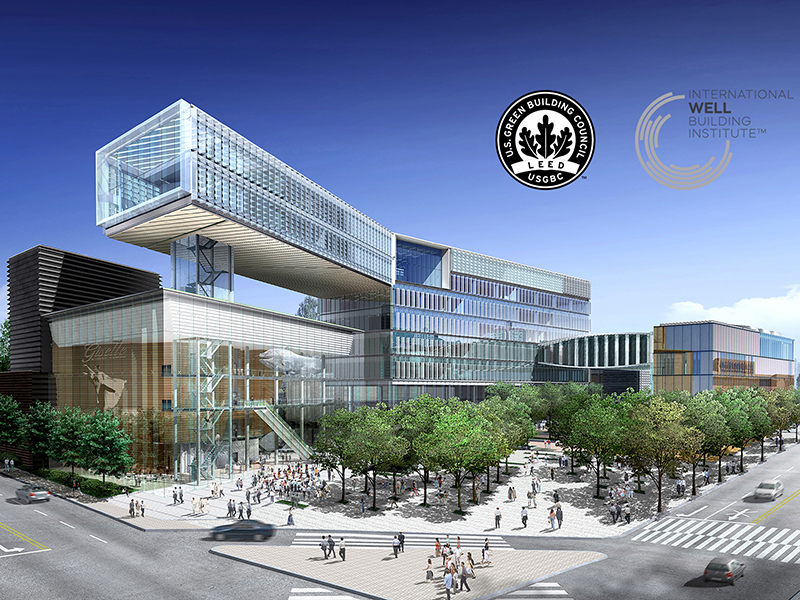
What is a green office or sustainable office?
Green office or sustainable office is philosophies and methods of designing, building, and operating environmentally responsible workspaces, ensuring sustainable development for the current generation and future generations. future. Especially projects that have been evaluated or certified by an independent third party.
Read more>>>
Set up your office in 5 simple steps
19 popular office design styles in 2023
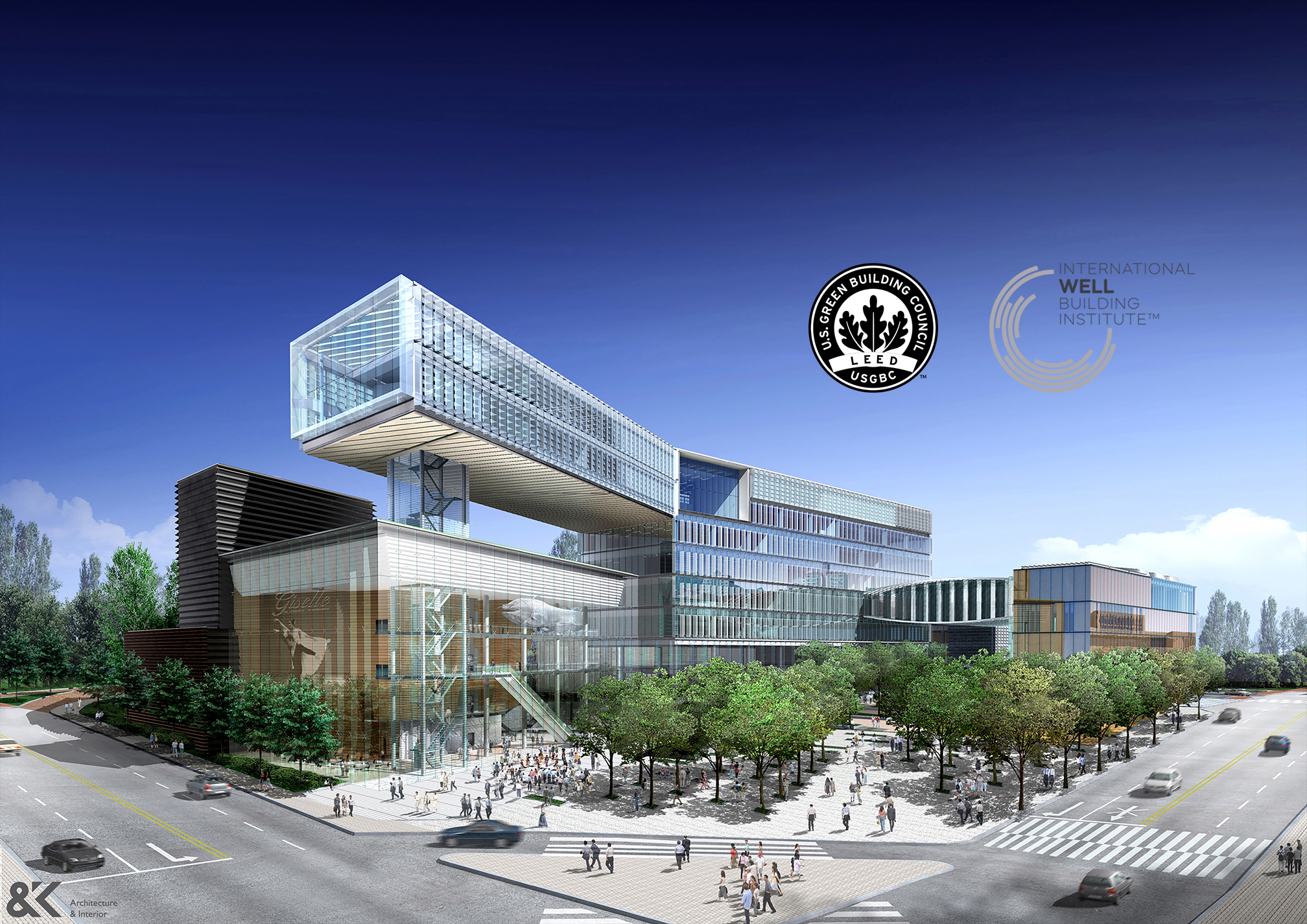
Specific goals of the Sustainable-green Office:
- The interior is made from sustainable materials, reducing the impact on the environment
- Avoid wasting energy, clean water and other resources
- Cut down on waste, pollution and negative impacts on the environment
- Improve the quality of the indoor living environment
The main obstacle often cited is the increase in initial investment costs for energy saving solutions. However, many practical examples in the world and in Vietnam have proven that if green office solutions are integrated from the beginning of the design stage, even from the time of ideation and planning, the Energy saving goals can be achieved without increasing the initial investment.
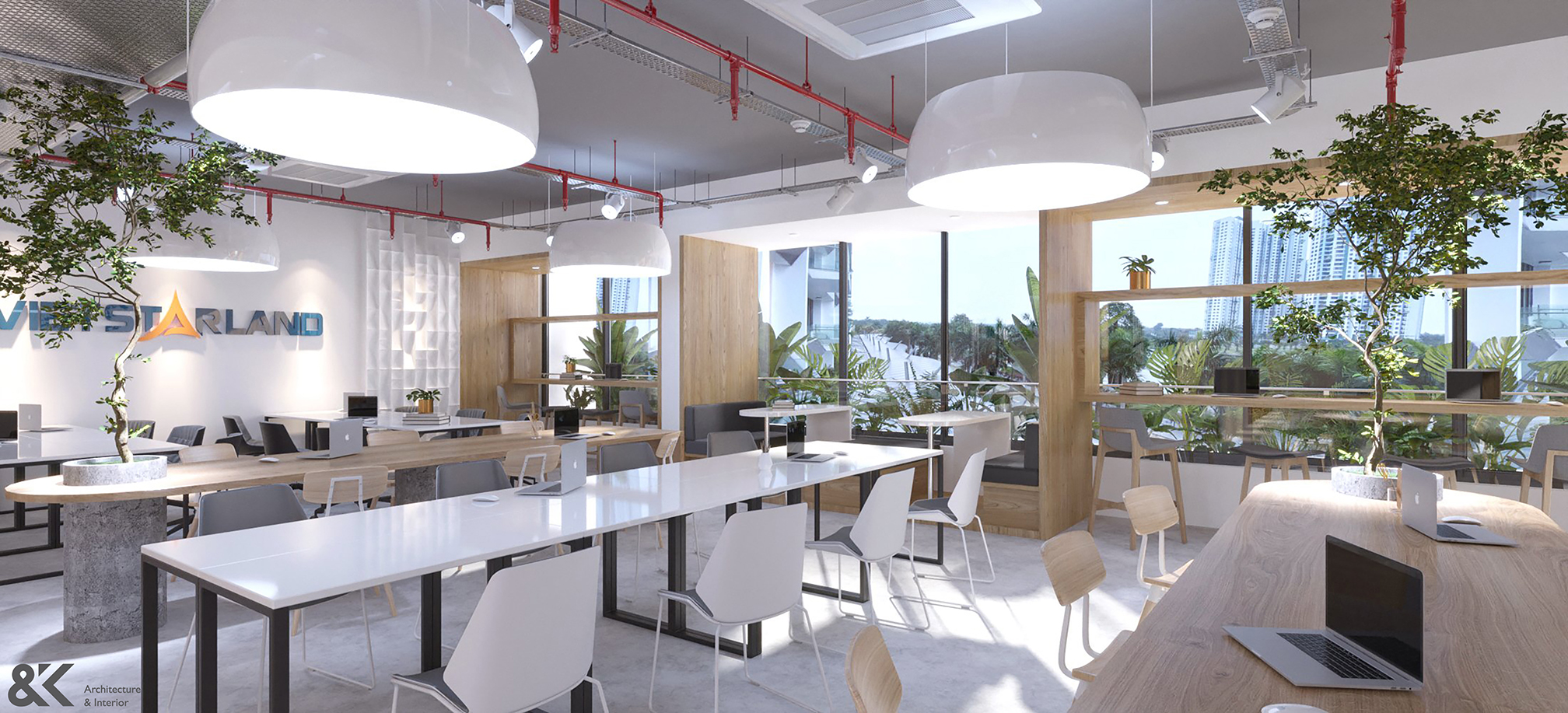
Not only are they energy efficient, green office design solutions also bring health benefits to users. Many practical studies show that when air quality and ventilation improve, human productivity also improves. Optimal design for natural lighting and vision quality also increases employee satisfaction and comfort. This is especially important because for most businesses, the cost of personnel is many times greater than the cost of electricity, water or office rent.
3 criteria systems for green office are being applied in the Vietnamese market:
LEED
LEED (Leadership in Energy and Environmental Design), is the most widely applied criteria system in Vietnam. By the end of May 2020, there were 77 projects in Vietnam that had achieved LEED certification, hundreds of other projects had registered and were in the process of preparing documents. Although the majority of LEED projects are in the US, the criteria system is widely known worldwide and is applied by tens of thousands of projects in hundreds of countries. Many cities in the US have mandatory LEED certification requirements for certain project groups.
Evaluation tool
LEED has assessment tools applicable to different building groups. Specifically:
- LEED BD+C (Building Design and Construction) applies to new construction or major renovation projects.
- LEED ID+C (Interior Design and Construction) applies to commercial interior finishing projects (office, retail, …)
- LEED O+M (Building Operations and Maintenance) applies to projects in operation
- LEED ND (Neighborhood Development) applies to urban area projects, complex areas…
- LEED Homes applies to single-family home projects, or apartment and low-rise housing projects
Each assessment tool includes a number of Categories (or criterion groups) appropriate to the corresponding type of building, such as criteria groups: Sustainable Sites, Water, Energy and Atmosphere, Materials and Resources , Indoor environment… Each group of criteria includes a number of Prerequisites (must be met, no points awarded) and voluntary criteria. Projects choose voluntary criteria to implement and receive points when they meet requirements. Based on the total score the project achieves, the project can be granted one of four certification levels: Certified – Silver – Gold – Platinum.
With grading scale
Certified certification: 40–49 points
Silver certification: 50–59 points
Gold certification: 60–79 points
Platinum certification: 80+ points
Criteria for evaluating green offices
Energy & Atmosphere (EA) – Ability to reduce energy consumption: 35 Points
Water Efficiency (WE) – Utilize water resources effectively: 10 Points
Location and Transportation – Location and transportation connections: 26 Points
Material & Resources (MR) – Material usage: 14 Points
Indoor Environment Quality (IE) – Ensuring the quality of the indoor living environment: 14 Points
Innovation & Design (ID) – Creativity in design: 06 points
Sustainable Sites (SS) – Sustainable development environment: 04 points
Leed certification costs
The cost of Leed certification depends on the assessment system and scale of the project
According to USGBC, Leed certification costs include:
- Project registration: $1,500
- Proof money: $5,000
- Certification assessment: ranges from $3,400 – 33,000 depending on project scale.
BCA Green Mark
BCA Green Mark was issued by the Singapore Ministry of Construction (Building and Construction Authority) in 2005 to orient and lead the Singapore construction industry towards sustainable development, increasing understanding among investors, contractors, and design consultants. designers and other market members right from the project ideation and design stage.
BCA Green Mark has a similar structure to previously issued green building criteria systems, including items such as energy, water, materials, indoor environmental quality… According to BCA, Green Mark has There have been significant adjustments to better suit tropical climates. Each category includes mandatory criteria (usually corresponding to existing mandatory standards of Singapore construction law) and exceeding criteria (projects receive points when they meet the requirements of these criteria). ). Depending on the total number of points the project achieves, the project can be certified at one of three levels: Gold, Gold Plus and Platinum.
BCA Green Mark currently has full tools to evaluate most types of projects: new construction, operating projects, interior space projects, urban area projects, … According to BCA Green Mark website, there are currently 111 projects outside Singapore that have achieved Green Mark certification, however there are no statistics on how many projects are in Vietnam (the data VGBC has is less than 10 projects).
LOTUS
LOTUS is the first green building criteria system developed specifically for the construction market in Vietnam, on a voluntary basis, developed by the Vietnam Green Building Council (VGBC) – a non-profit project. Profit of Green Cities Fund (California, USA). In Vietnam, VGBC has established Vietnam Green Building Social Enterprise Company Limited to carry out assessment and certification of LOTUS projects and related training programs.
Since the release of beta versions in 2010, LOTUS has undergone many updates and modifications. The latest version is LOTUS for New Construction V3 (LOTUS NC V3), released in April 2019. Currently, LOTUS can be applied to most types of construction projects: new construction projects, operating projects, interior projects, and small-scale projects. However, LOTUS does not yet have an assessment tool for projects of urban scale or larger.
As a later criteria system, LOTUS has a structure of criteria groups and scoring similar to previous systems, while adding criteria to suit the priorities and needs of climate conditions. Vietnam’s climate and market, such as encouraging unburned materials, passive design, natural ventilation, etc. As of April 2020, 27 projects have achieved certification and 41 projects are in the process of following Expel or prepare assessment documents.
(source: VGBC)
Edit: Nguyen Kien

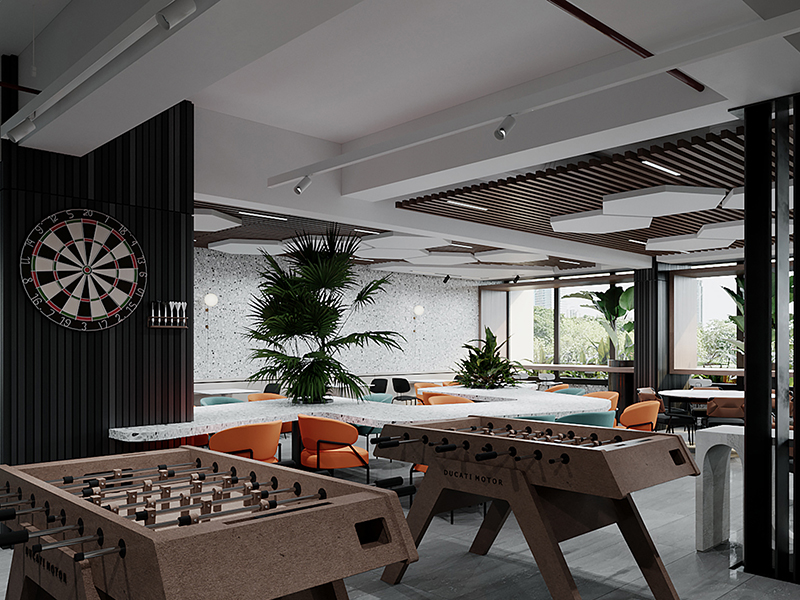
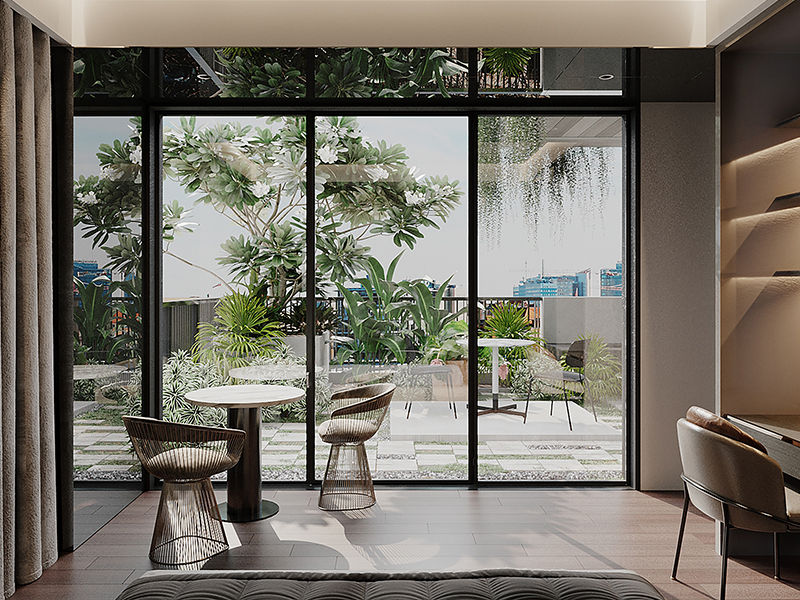
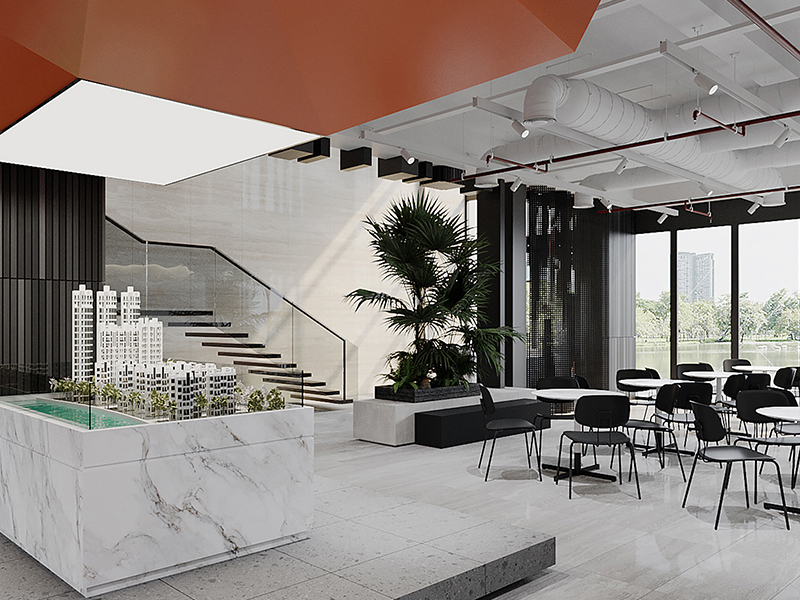
No Comments